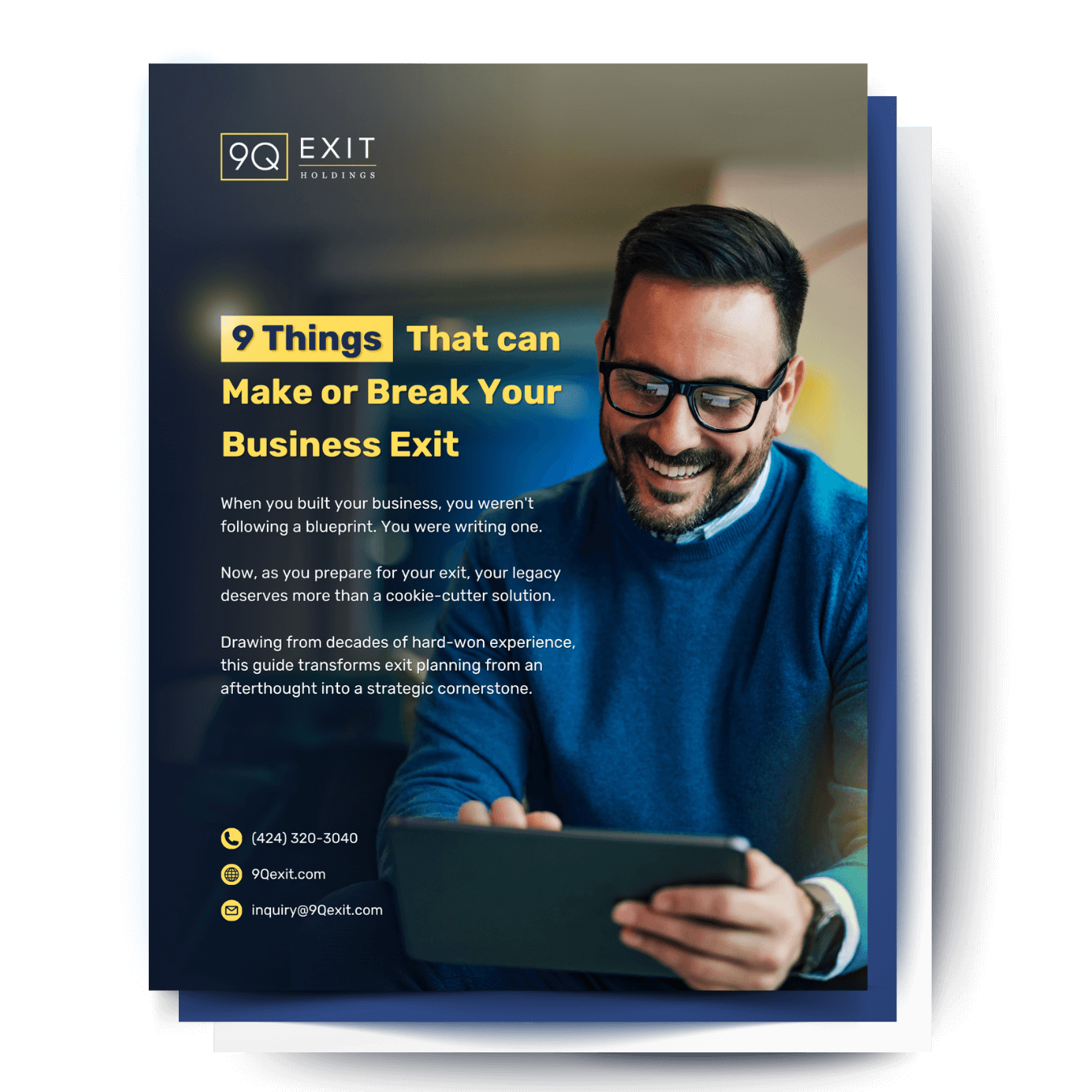Innovation has never been more critical—or more expensive. As technology companies face accelerating development cycles and intensifying competitive pressures, the cost of staying relevant is pushing even profitable firms into distressed situations. The top 2,500 international R&D spenders collectively invest more than $1 trillion annually, yet many smaller technology companies are discovering that their R&D budgets, no matter how substantial, cannot keep pace with the innovation velocity demanded by modern markets.
This dynamic is creating a fundamental shift in the technology landscape: companies with strong operational capabilities and valuable customer relationships are facing distressed situations not because their businesses are failing, but because they cannot afford to compete in the escalating R&D arms race. For sophisticated strategic acquirers, this represents an unprecedented opportunity to acquire valuable technology assets and proven business operations at compelling valuations.
The Acceleration of Innovation Cycles

The numbers tell the story of this escalating competition. Amazon leads global R&D spending at over $85 billion annually, followed by Alphabet, Microsoft, and other tech giants. From 2015 to 2023, the collective R&D spend by Amazon, Alphabet, Microsoft, Apple and Meta grew at an annualized rate of 22%, reaching $213.7 billion. The exponential growth in R&D investment reflects not just increased capability, but increased necessity—companies that cannot match this pace of innovation investment face rapid obsolescence.
The Scale Advantage Dilemma
Recent research shows that smaller companies tend to outperform their larger competitors in returns from R&D investments and speed to market, yet they lack the capital resources to sustain the investment levels now required for competitive positioning. The average software company spends about 20% of revenue on R&D; some spend more than 40%. For smaller technology firms, these investment requirements can quickly become unsustainable, even when their R&D efforts are more efficient than those of larger competitors.
This creates a particularly acute challenge for mid-sized technology companies that have achieved operational success but lack the balance sheet strength to compete in capital-intensive innovation races. These firms often possess valuable customer relationships, proven business models, and efficient operational capabilities—exactly the assets that strategic acquirers seek to enhance their own innovation portfolios.
Industry-Specific Innovation Pressure Points

Software and Technology Services
The software sector faces unique R&D challenges as customer expectations for continuous innovation accelerate. Software companies face an inverse relationship between scale and size that can create a lag on research and development as they grow. Companies that achieved initial success with focused product offerings now find themselves needing to invest across multiple technology fronts simultaneously—cloud infrastructure, artificial intelligence capabilities, cybersecurity enhancements, and user experience innovations.
Many successful software companies discover that their historical R&D budgets, while adequate for incremental improvements, cannot support the transformational innovation required to compete with well-capitalized technology giants. This creates distressed situations where profitable companies with strong customer bases struggle to maintain competitive technological positioning.
Pharmaceutical and Biotechnology
The pharmaceutical sector experienced a notable rebound in R&D expenditure while the information and communications technology hardware and software sectors saw a slowdown. However, this aggregate growth masks the challenges facing smaller pharmaceutical companies that cannot compete with the massive R&D budgets of industry leaders.
Pharmaceutical companies heavily invested in R&D, particularly in areas like drug discovery, personalized medicine, and gene therapy. The complexity and cost of these advanced research areas create significant barriers for smaller pharmaceutical companies, even those with proven capabilities in traditional drug development.
Manufacturing and Industrial Technology
Traditional manufacturing companies face pressure to invest in advanced technologies including automation, artificial intelligence, and sustainable production methods. Companies like Volkswagen announced spending around €180 billion over five years with two-thirds dedicated to electrification and digitization. For smaller manufacturing companies, these transformation requirements can create existential challenges despite strong underlying business operations.
The Strategic Acquirer Opportunity

Consolidating R&D Capabilities
Strategic acquirers with substantial R&D resources can address the innovation velocity crisis through consolidation strategies that achieve economies of scale across multiple acquired technology platforms. R&D organizations increasingly source capabilities externally, finding partners and collaborating with them effectively as a critical capability. Rather than each company independently investing in similar technology development, strategic acquirers can consolidate R&D efforts across acquired businesses while preserving their unique market positions and customer relationships.
Risk Distribution and Portfolio Effects
Successful innovation makes small firms attractive acquisition targets, and small firms increase their R&D to obtain more innovation pre-merger so that they will be attractive acquisition targets. Strategic acquirers can spread R&D risk across multiple acquired technologies and market segments, reducing the impact of individual project failures while increasing the probability of breakthrough innovations.
The 9Q Exit Approach to Innovation Consolidation

At 9Q Exit, we recognize that the innovation velocity crisis creates unique opportunities to acquire valuable technology businesses facing R&D investment pressures. Our approach focuses on identifying companies with strong operational capabilities and proven market positions that are struggling to maintain competitive R&D spending levels.
Technology Portfolio Integration
Our systematic approach to technology integration allows acquired companies to access advanced R&D capabilities without the capital requirements of independent development. We provide immediate access to established innovation infrastructure, development platforms, and research resources that enable competitive positioning while reducing individual company R&D burden.
Market Position Preservation
We understand that successful technology companies often possess valuable customer relationships, market knowledge, and operational capabilities that should be preserved during integration. Our acquisition approach maintains these strategic assets while providing the R&D resources necessary for competitive sustainability.
Innovation Investment Optimization
Rather than requiring each acquired company to independently fund comprehensive R&D programs, we create shared innovation platforms that achieve economies of scale while maintaining the entrepreneurial focus that drives effective technology development. This approach reduces R&D costs while improving innovation outcomes.
Competitive Transformation
Our experience across multiple technology acquisitions enables rapid implementation of competitive R&D strategies that restore market positioning while optimizing investment efficiency. We provide the resources and expertise necessary to compete effectively in accelerating innovation cycles.
Your Innovation Opportunity

If your technology company is facing increasing pressure to expand R&D spending beyond sustainable levels despite strong operational performance, this may represent a strategic partnership opportunity rather than a fundamental business challenge. The innovation velocity crisis is creating distressed situations across the technology sector, but sophisticated strategic acquirers can transform these challenges into competitive advantages through systematic R&D consolidation and platform integration.
At 9Q Exit, we specialize in acquiring technology companies facing innovation investment pressures while preserving their operational capabilities and market positions. Our proven approach emphasizes competitive positioning without the unsustainable capital requirements of independent innovation programs.
The future belongs to companies that can access advanced innovation capabilities while maintaining operational excellence. Contact us to explore how our experience in acquisition and R&D integration can transform innovation challenges into sustainable competitive advantages.







